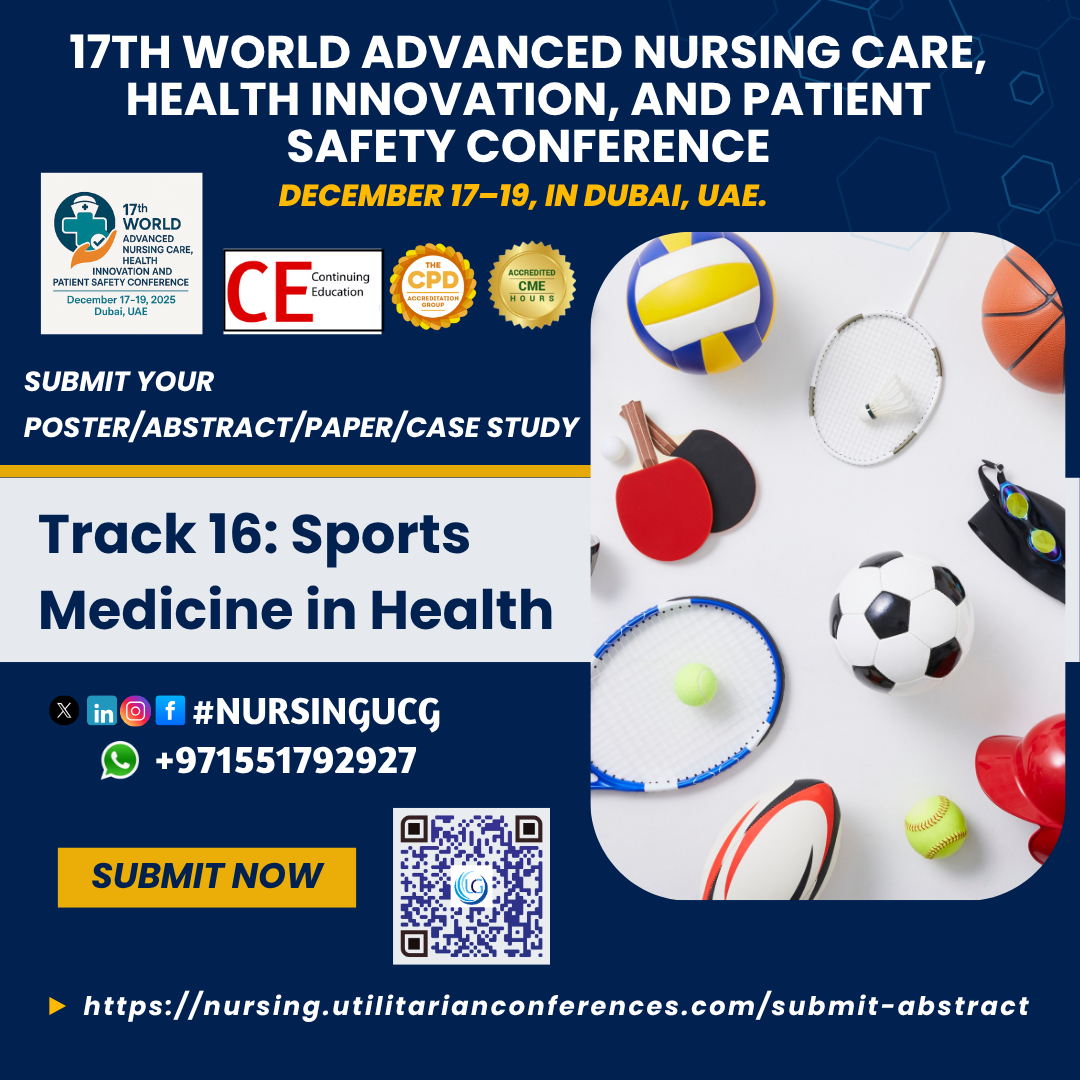Sports medicine is a subspecialty of medicine that addresses physical fitness as well as the diagnosis, mitigation, and prevention of sports- and exercise-related injuries. Although the majority of sports organizations have long had team physicians on staff, sports medicine has only recently become recognized as a separate area of medicine. Sports medicine, often known as sport and exercise medicine, is a recognized medical specialty in several nations (with similar training and standards to other medical specialties). Sports medicine is a physician (non-surgical) specialty in the vast majority of nations where it is recognized and practiced, but in some (like the USA), it can also be a surgical or non-surgical medical specialty and a specialized area within primary care.
When to contact a sports medicine medical professional:
It’s probably preferable to go straight to an emergency department for treatment if your child sustains a serious injury while playing sports or working out. Visit a sports medical expert right away. Severe pain, swelling, numbness, and the inability to put any weight on the damaged area are indicators of a serious injury. Have your child relax at home and call your child’s healthcare professional for advice if none of these symptoms are evident. You might want to get a recommendation for a sports medicine expert.
Surgery is not usually necessary for sports injuries. Painkillers, applying ice to the damaged area, and keeping it immobilised with a cast or sling are all possible treatments for sports injuries. Surgery might be required in some circumstances to repair injured tissue or realign bones.
Getting sporting injuries treated:
Major injuries necessitate surgery, but most sports injuries don’t, and different sorts of sports injuries call for different therapies. Medication, such as painkillers or anti-inflammatory drugs, ice, physical therapy, and/or immobilization of the damaged area are common forms of treatment. Physical therapy is used to ease the pain of the affected area and help the injured area return to normal motion. The abbreviation for the typical treatment for these injuries is PRICE. Protection, rest, ice, compression, and elevation are its acronyms.





